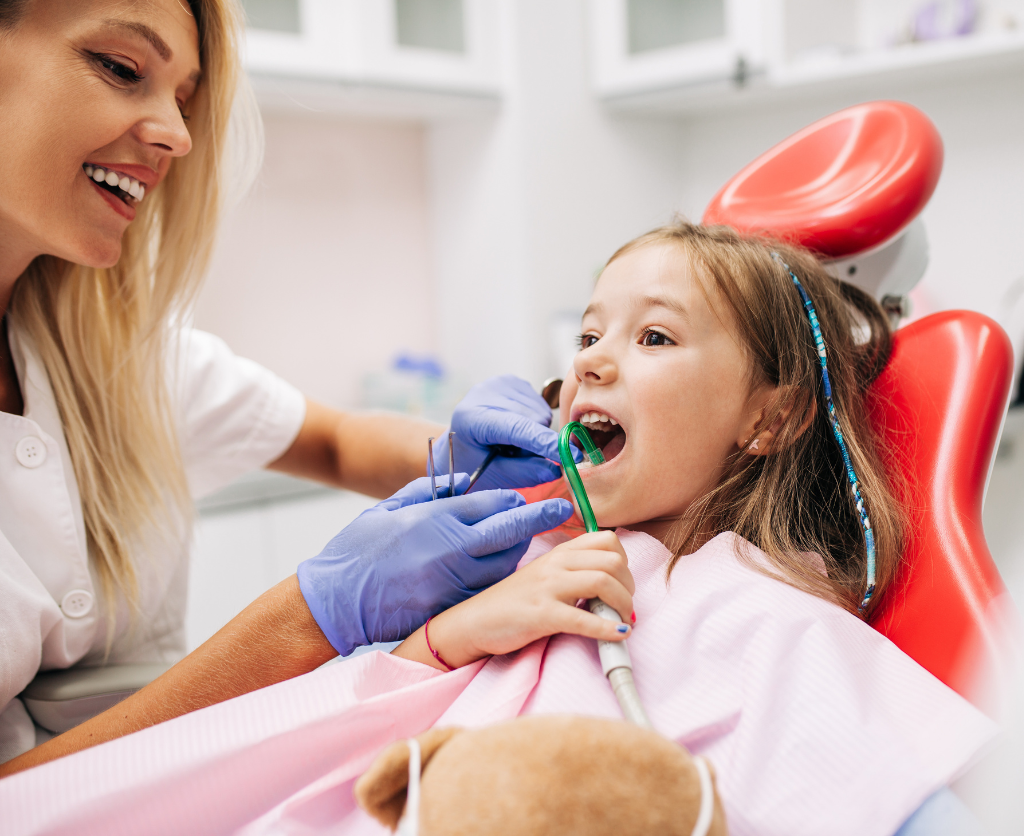


It’s that time of year again—pumpkins on porches, spooky decorations, and kids excitedly planning their Halloween candy haul. You watch as your little one dives into chocolate bars, gummy worms, and sticky taffy, and suddenly a pang of worry hits you: “Will all this candy damage their teeth?” Don’t worry—you’re not alone. Every October, dentists see a rise in cavities, sensitivity, and dental issues caused by sugary treats. But with a few simple strategies, you can enjoy Halloween without sacrificing your family’s smiles.
At Main Street Dental in Vista, CA, we help families prevent candy-related dental problems and maintain healthy teeth all year round. In this guide, we’ll cover why Halloween candy can be tricky, how to spot early warning signs, professional treatments, and practical prevention strategies.
Candy isn’t inherently bad, but sugar and sticky foods can wreak havoc on teeth if left untreated. Oral bacteria feed on sugar and produce acids that attack tooth enamel, leading to decay. Sticky candies like gummies or caramel cling to teeth, prolonging sugar exposure and increasing cavity risk. Even chocolate, which cleans off teeth more easily, contains sugar that can fuel bacterial growth.
It’s not just how much candy is eaten—it’s how often teeth are exposed to sugar that matters most. Frequent snacking on candy keeps acids attacking enamel all day, which is why oral hygiene during Halloween is essential.
%20copy.webp)
Certain habits and factors make kids—and adults—more vulnerable to candy-related dental problems:
Watch for signs that candy may be damaging teeth:
Detecting these early allows for faster, less invasive treatment.
At Main Street Dental, we use a comprehensive approach to check for candy-related damage:
Early intervention keeps minor sugar-related problems from becoming painful or costly.

Myth 1: Chocolate is worse than other candy.
Fact: Sticky candies like caramels and gummies are more damaging because they cling to teeth longer.
Myth 2: Kids don’t need to brush after every treat.
Fact: Brushing after candy reduces acid exposure and prevents decay.
Myth 3: Sugar-free gum isn’t helpful.
Fact: Chewing sugar-free gum increases saliva flow, naturally cleaning teeth and neutralizing acids.
Q: How much candy is too much?
A: Limit candy to small amounts during meals and avoid constant snacking.
Q: Can dental sealants protect teeth from candy?
A: Yes, sealants are effective at preventing cavities on molars where candy sticks.
Q: When should my child see the dentist after Halloween?
A: Ideally within a week or two, especially if you notice sensitivity or early signs of decay.
Q: Are natural sweet treats safe for teeth?
A: Fruits are safer than candy but still contain acids; rinse with water and brush afterward.
Q: Can adults get cavities from Halloween candy too?
A: Absolutely—adults are also at risk, especially with frequent sugar exposure.
Enjoy Halloween without compromising your family’s dental health! Schedule a consultation with Main Street Dental in Vista, CA, consistently rated 5 out of 5 stars. Our expert team will assess your teeth, provide preventive advice, and ensure your smiles stay healthy through the candy season.
Address: 1830 Hacienda Dr. Suite 1, Vista, CA 92081
Phone: 760-295-9870